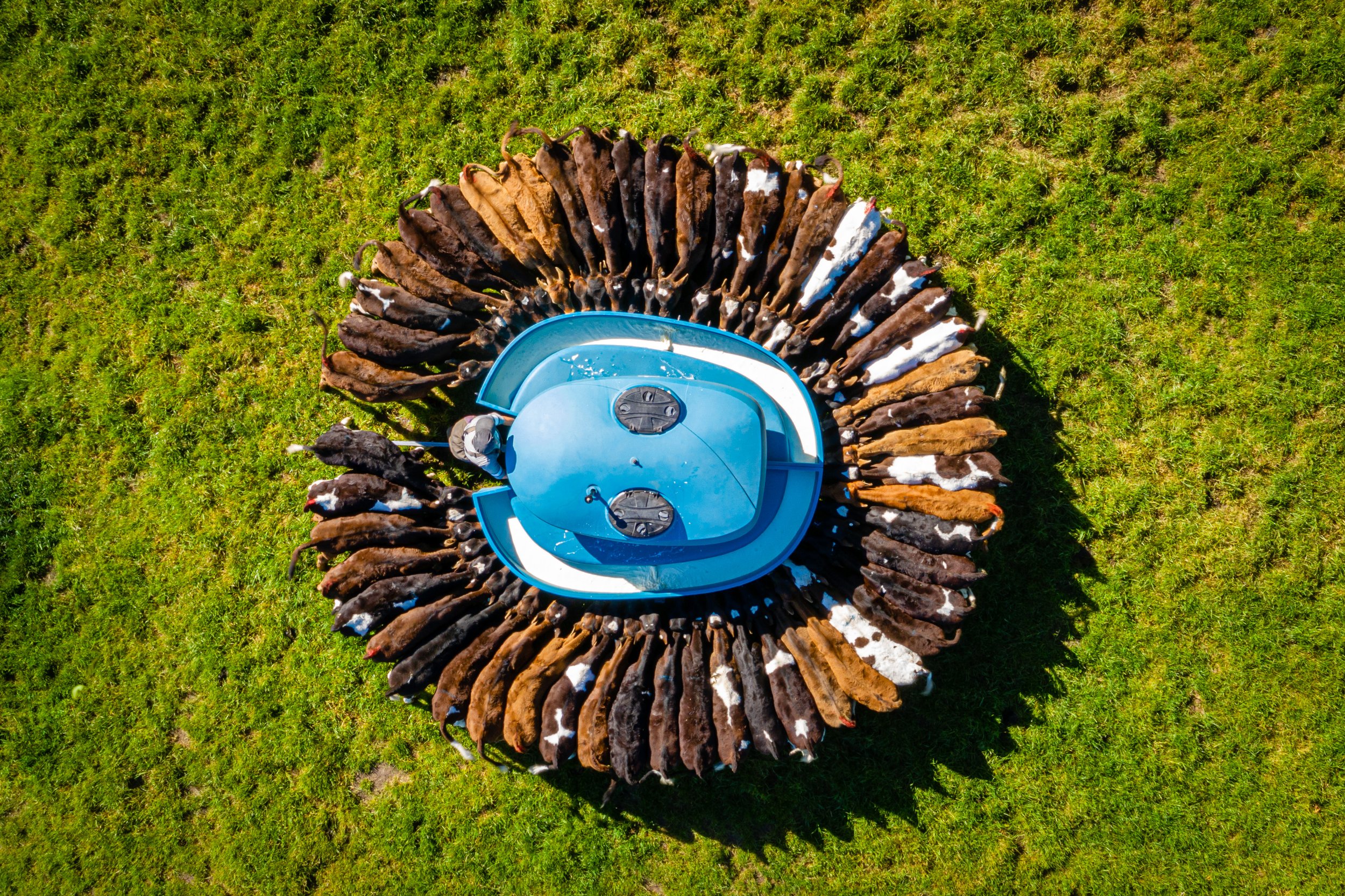Round & Round We Go
Challenges and opportunities are on the horizon for the rural sector
Our local farmers have recently endured a colder-than-usual August. The frosty mornings, followed by sunny days, have brought much needed relief to both farmers and their livestock, following several months of relentless rainfall. Currently, cow condition is good, and pasture cover is holding. The common comment is “we could do with a bit of rain from the North”, this would set the stage for an excellent start to September as we head towards our best grass growing days. My thoughts are with our farmers and the negative news they have had to deal with, may they have what looks like a ripper of a Spring delivering an increase in production.
ASB economist Nathaniel Keall said lower product prices will wipe $3 billion off dairy farm incomes compared to last year, and up to $1.5 billion off sheep and beef. Meanwhile, farm debt has risen $1 billion since January, according to Reserve Bank of NZ figures. A key reason is the stalled post covid recovery in China, which last year bought 32% of NZ’s dairy and 43% of its red meat exports.
The lower product prices will wipe $3 billion off dairy farm incomes compared to last year.
Fonterra twice this month lowered its forecast farmgate milk price, from a mid-point of $8kg/MS to $6.75kg/MS, as the Global Dairy Trade index slumped to a five-year-low. Rabo Research senior agricultural analyst Emma Higgins said China is rebalancing excess domestic dairy supply and inventory and the challenge for NZ will be managing new season milk flows in an era of weak demand. She said there is some positive news with tightening northern hemisphere supplies. United States milk production in June was flat after 11 months of year-on-year growth, while annual European Union milk flows are just 0.2% higher due to hot weather.
Westpac senior agri-economist Nathan Penny doubts farmers will have much of a reprieve this season, although the bank is forecasting farm inflation to fall from 17% last year to low single-digit figures by the end of this year.
The bank is forecasting farm inflation to fall from 17% last year to low single-digit figures by the end of this year
Over the past twelve months, the Taupo and surrounds area have experienced fewer sales, which follows the National trend. Buyer demand has softened although good properties will still attract multiple buyers. Today stock in the market is limited for both farms and lifestyles. If you want to know more about the market today in both the rural and lifestyle sector get in touch today.
What’s in store for our farmers moving into Spring?
Stan Sickler
021 275 7826
Rural Specialist
After coming through a very wet Summer, Autumn and Winter, our pumice soils in the Central Plateau have come up gold. Enabling our farmers to utilise the pasture grown, especially through June and July without creating pugging (mud).
We are in the early stages of our season, with many more milk solids to be produced over the next nine months. There could be a real upside swing to our global dairy price, as we see world stocks of dairy production and protein sitting in the balance today.
Should we get a northerly rain in the next week, this would really set Spring alight and give our farmers the opportunity to have a record Spring.




